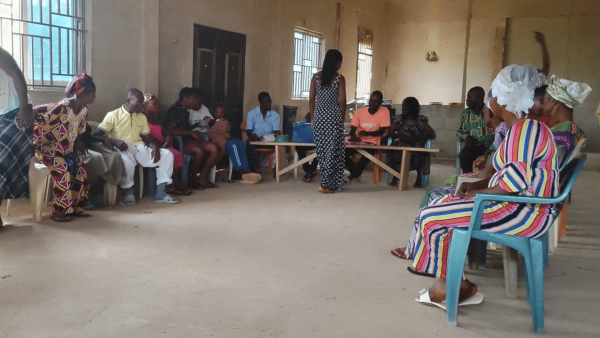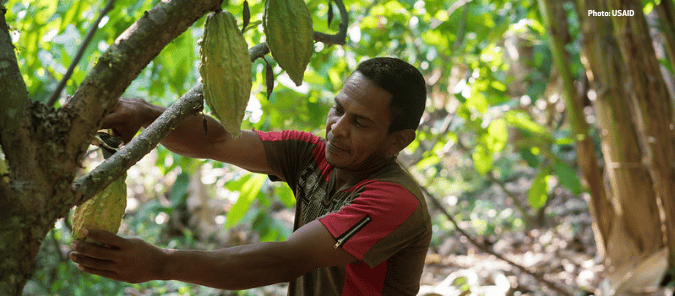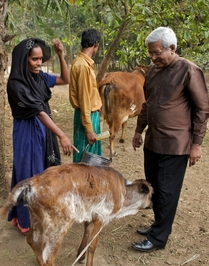Tag: poverty reduction

Strong Governance Makes Smallholder Farmer Organisations Vital Partners
Africa & Middle East: With proper governance, smallholder farmer organisations can become important partners to funders in combating poverty and climate change.
Read MoreProgress through Partnership in Honduras
Latin America & the Caribbean: CropLife Latin America formed a partnership with the United States Agency for International Development (USAID) to train farmers in good agricultural practices to help lift rural Hondurans out of extreme poverty.
Read More14 Ways Agriculture is Reducing Poverty
Global: To to warm up for the World Food Prize giving in Iowa next month, we examine how our supporters are using agriculture as a means to empower the poorest.
Read More


